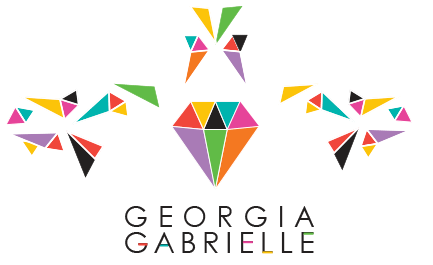Yesterday we had classes in Qing Hua painting with a master 'blue and white' painter here in Jingdezhen. The teacher, Master Chungun, effortlessly painted us a lotus, and the steps unfold in the images below. With some research with my friend Mr Wikipedia, I found out that Jingdezhen is the home of blue and white painting originating in the 14th century. Er der?!?! How did I not know this? I mean I knew it was an important centre for porcelain here but I didnt know that all French and Dutch blue and white painting originated from here!! This makes me feel humbled- like I am insignificant speck in the huge expanse of time. I cant believe that people were creating these masterpieces so long ago. What a huge honour to be taught something that is centuries old in its technique.
"Blue and white wares" (Chinese: 青花; pinyin: qīng-huā; literally "Blue flowers") designate white pottery and porcelain decorated under the glaze with a blue pigment, generally cobalt oxide.
14th century development
In the early 14th century mass-production of fine, translucent, blue and white porcelain started at Jingdezhen, called the porcelain capital of China. This development was due to the combination of Islamic trade and Chinese techniques. The new ware was made possible by the export of cobalt from Persia (called Huihui qing, 回回青, "Islamic blue"), combined with the transluscent white quality of Chinese porcelain. Cobalt blue was considered as a precious commodity, with a value about twice that of gold. Motifs were also largely inspired from Islamic decorations.
Chinese blue and white porcelain was once-fired: after the porcelain body was dried, decorated with refined cobalt-blue pigment mixed with water and applied using a brush, coated with a clear glaze and fired at high temperature. From the 16th century, local sources of colbalt blue started to be developed, although Persian cobalt remained the most expensive. Production of blue and white wares has continued at Jingdezhen to this day.
WOOOOOOOOOOOOOOOOOOOOOOOWEEEEE!!!
Isnt it amazing? The darker shades of blue are made by building up the applications of colour.. like water colour painting in a way.
Scenes of Chinese are the ONLY type of design you can get here. Contemporary art or the modern world has not made it to Jingdezhen yet. Here history and tradition still rule aesthetics.
This is Chungun using the fine tipped brush to map out the lotus design.
My fellow artists looking completely challenged by the prospect of having to do our own. I did a bird on a branch which I am quite happy with but forgot to take a photo.
Chungun added in fat inky lines for the stems then some red for the veins of the lotus. Even though the cobalt underglaze looks grey here, once it is fired it will be a brilliant blue- MING BLUE!
Here Chungun is filling in the big blocks of area by squeezing the "chicken head brush".
The finished product... now off to the kiln to see what it looks like once it is fired.
Another busy day at the Pottery Workshop.













1 comment:
Wow, isn't everything you are learning amazing! Gotta love a bit of Dutch "Delft Blue" pottery ;) I am enjoying all your blog entries... keep it up!
XXX
Post a Comment